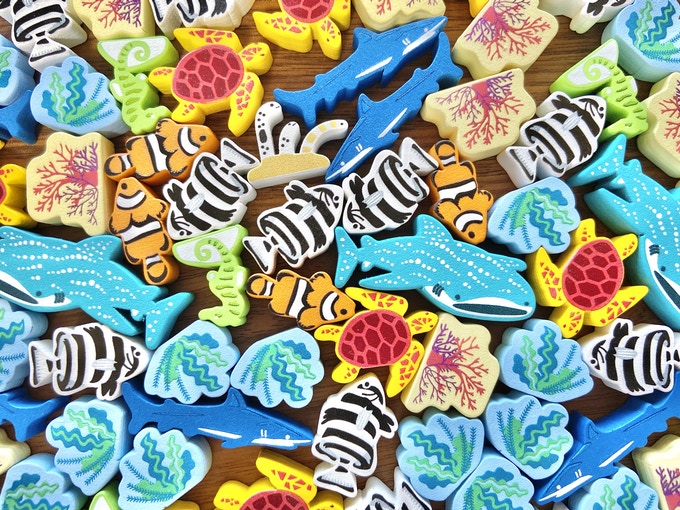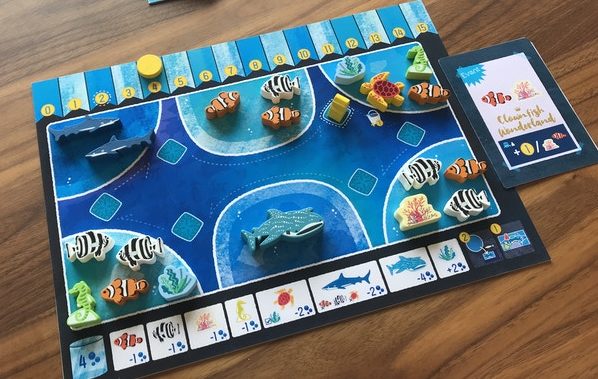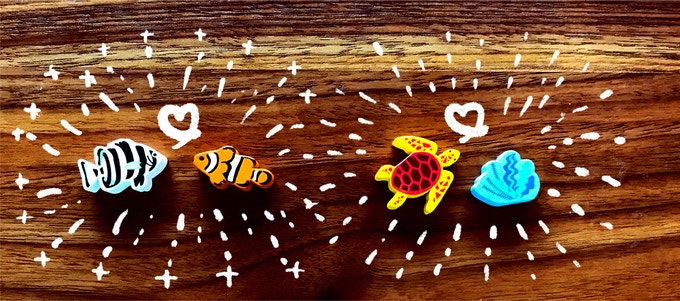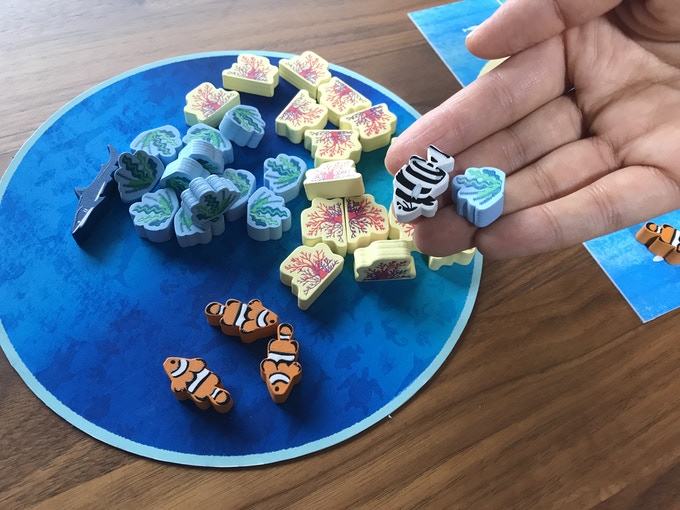As part of our September Spotlight on Aqua Garden, we strive to inform readers of little extra tidbits surrounding the game. Games are made by people, and one of those tidbits we enjoy is learning a little bit more about the people behind them. Some designers shy away from the public stage, while others enjoy being front and center.
When it comes to Japan-based indie publisher uchibacoya and designer Totsuca Chuo, nothing would make them happy than to talk about their games. It just isn’t often something they are easily able to do – at least with Western audiences. And it’s not just geography or language that serves as impediment, though that certainly can have an impact. It also has to do with breaking through the competition in what can often be a vibrant and active indie publishing scene in the country. So you can imagine that when we approached them to chat about Aqua Garden, the response was emphatic.
The Japanese-based board game market has long been renown for the openness and accessibility of designers to try their hands at putting a game out into the world with relatively minimal effort and for using that freedom to experiment with all manner of ideas. The bigger lift is seeing if that game will reach enough of an audience for it to catch on and grow. Similar to how many games in North America were self-published or self-made in the years prior to the advent and accessibility of crowdfunding platforms like Kickstarter that provided a fundraising means for more polished productions, or even the rise of print-on-demand houses like The Game Crafter, many Japanese game publishers still traditionally operate on shoestring budgets and source their own materials.
Better known as doujin games, it’s not uncommon for print runs to be done by the dozens, perhaps 100 copies at a time, and few publishers create games as their primary means of income. For instance, in the case of uchibacoya specifically, their company also operates a modest board game store that specializes in wooden meeple resource kits – the kind found in abundance in Aqua Garden. Though they have several titles under their belt, Aqua Garden was uchibacoya’s both their largest production run to date as well as their first international publication project, and they weren’t sure what to expect.
The same can be said of burgeoning designer Totsuca Chuo, who had not one but two game releases in 2021. With their work quickly branching out into the larger stage, we were particularly curious on what was going through their mind not only during the creation of this adorable aquatic themed game but also on what it felt like to see a product of their creative efforts reaching audiences halfway around the globe. And so…we asked.
What follows, then, is an abridged and slightly edited version of that conversation, which we share with you today. It took a little time due to their committed focus on ensuring delivery the game in question and schedules in general. Additionally, as English is not Totsuca’s first language, we opted to keep his responses short and simple. Though it certainly doesn’t make his answers any less interesting to us, and, hopefully, with you also.
Enjoy!
Round One Questions
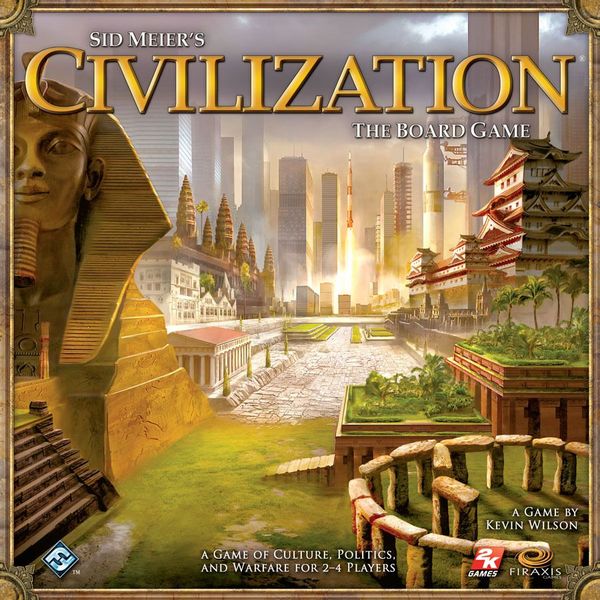 CR: What was your Gateway Game?
CR: What was your Gateway Game?
My Gateway Game would have to be Sid Meier’s Civilization: The Board Game.
CR: What was the last game you really enjoyed playing (besides your own titles)?
Madeira and Russian Railroads have been a lot of fun for me recently. Also on the lighter side, Similo and Draftosaurus I’ve found to be great games.
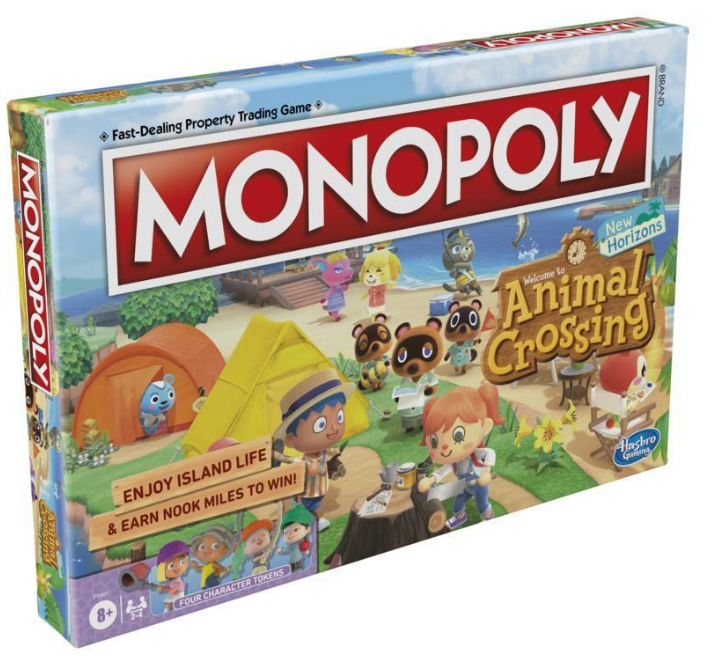
CR: How big is your game collection?
I don’t think I have that much. About 50 games in total?
CR: What is your favorite type of game to play?
I love games that enrich my personal board. I find growth within games to be very fun.
CR: How do you feel about Monopoly?
Recently Monopoly collaborated with Animal Crossing! It’s a great game that has been published many times with different themes.
On Aqua Garden
CR: First off, we have to say that the wooden animals in the game are adorable and came out great. Did you envision this is how your game would look from the start?
Aqua Garden was created right from the early planning stages with uchibacoya. One of his strengths lies in making attractive wooden pieces. Right from the beginning I was thinking of how to make the best use of every wooden piece.
CR: The idea of building up aquariums and competing against others is interesting. How did that come about?
It was an idea for comparisons. I wanted you to compete in terms of the appearance of the aquariums created by the players and use that to generate the points towards victory. After the game was over, I wanted players to see each other’s aquariums and discuss their impressions of the results.
CR: Part of the intrigue to Aqua Garden is having the right balance of plans & animals in each of your tanks since each creature has their own preferences. Were there any animals that originally were in the game that ended up getting taken out or not working?
A little, actually. At first there was a sunfish instead of the whale shark. But the other animals haven’t really changed much from the beginning. All of the selections reflect my personal tastes and uchibacoya’s personal tastes.
CR: Between the two different movement tracks, animal requirements, milestones, and events, there are a lot of design areas to balance for a 45-60 minute game. What was that process like, and how did you know you reached the point you were happy with it?
Right from the early planning stage in the designs there were some important points I wanted to make sure were present:
- Every player has a gorgeous board at the end of the game
- There must be a worthwhile difference in victory points
- That there is both a luck factor and interaction with it that is not too strong
Based on these goals, we combined various mechanics and repeatedly disassembled them until we found a combination that worked. The idea of a moving track particularly is from uchibacoya.
CR: It’s mentioned elsewhere that some of the game design was inspired by the game Heaven & Ale. What was it about that game that particularly inspired you to design this one?
Aqua Sphere includes a combination of both track movement and a logic puzzle. It’s also composed of spaces that earn wooden pieces and spaces that earn income, making you think about your decisions. These ideas are directly inspired by Heaven & Ale.
CR: Can you tell us the story of how uchibacoya saw your game and decided to publish it?
There’s not much of a story to tell. It was an obvious and easy choice. I’m always very close to uchibacoya; I made this game while talking with him!
CR: This was your first Kickstarter experience for a game. Did you have any concerns about whether people would be interested Aqua Garden? What was it like to see the reception it got?
The success or failure of Kickstarter is clearly visible as a number. Before we started I had a lot of worries, but thanks to the support of many backers, particularly Japanese fans right from the beginning, those worries quickly disappeared.
CR: Aqua Garden is one of two games you released this year, the other being ‘It’s 5PM’. How has the experience been for that one compared to Aqua Garden?
It was a smaller release, but it’s also aimed at different players. It’s 5PM is a storytelling game that you want to play while discussing it with your friends. If you take out everything but the game system, it may just feel like a slightly inorganic puzzle. I want you to remember the stories and use them to familiarize yourself with others.
CR: Finally, since it seems like everyone has one, what is your personal favorite exhibit at an aquarium?
I especially like the jellyfish exhibition area. I can watch it forever.
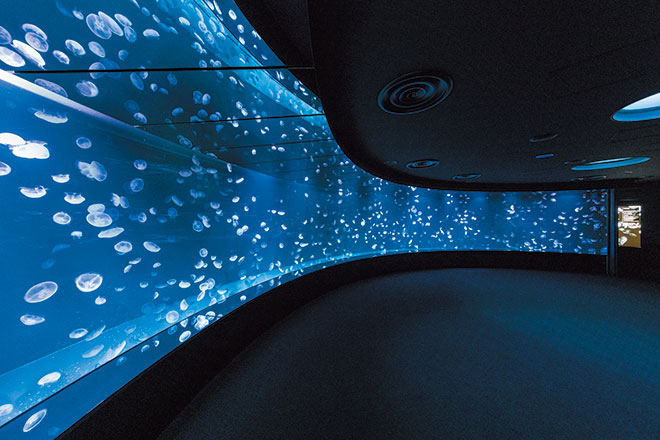
Tokyo Sunshine Aquarium
Photo Credits: Aqua Garden cover and photos by uchibacoya; Sunshine Aquarium by Iwasaki.

